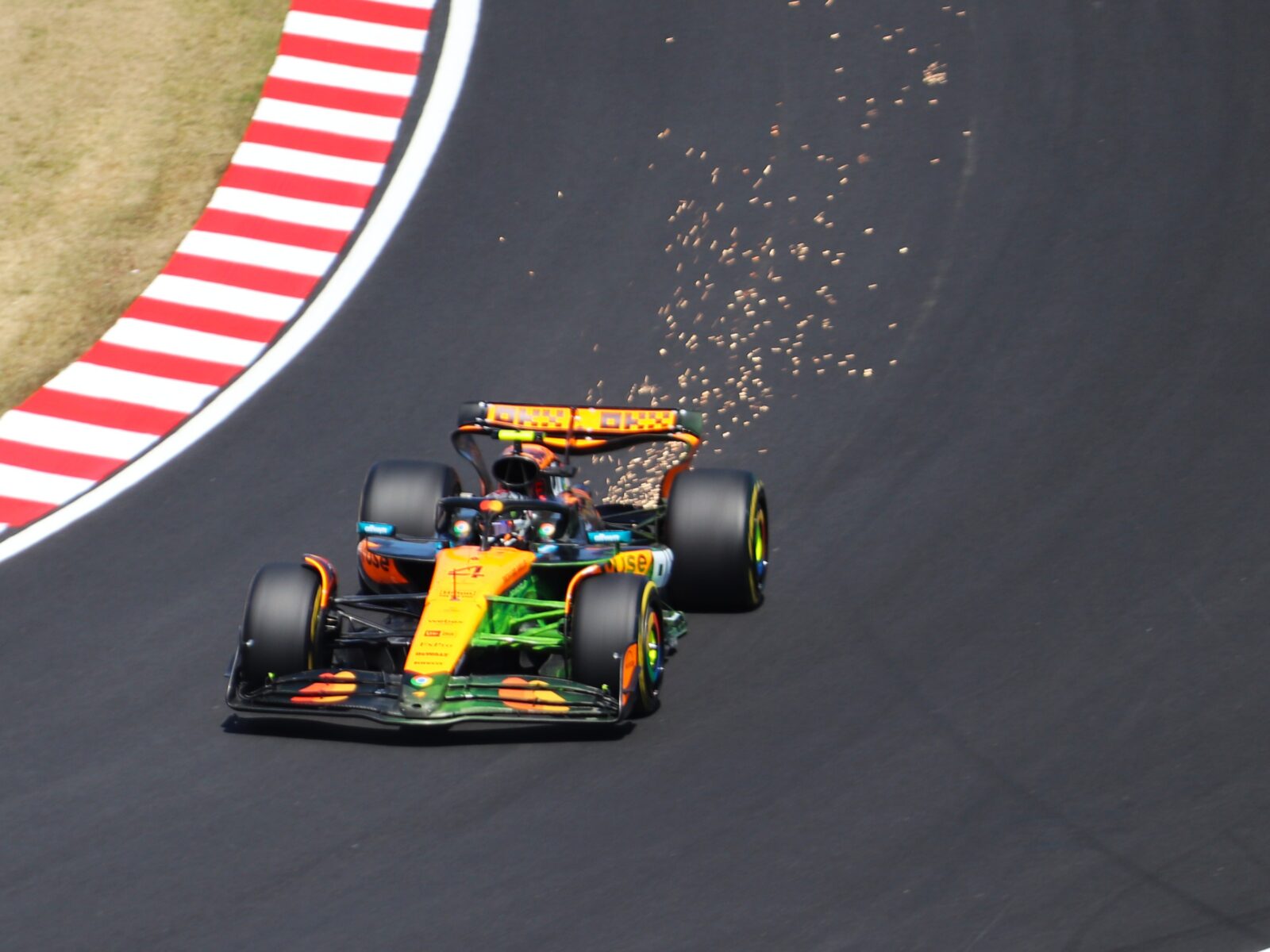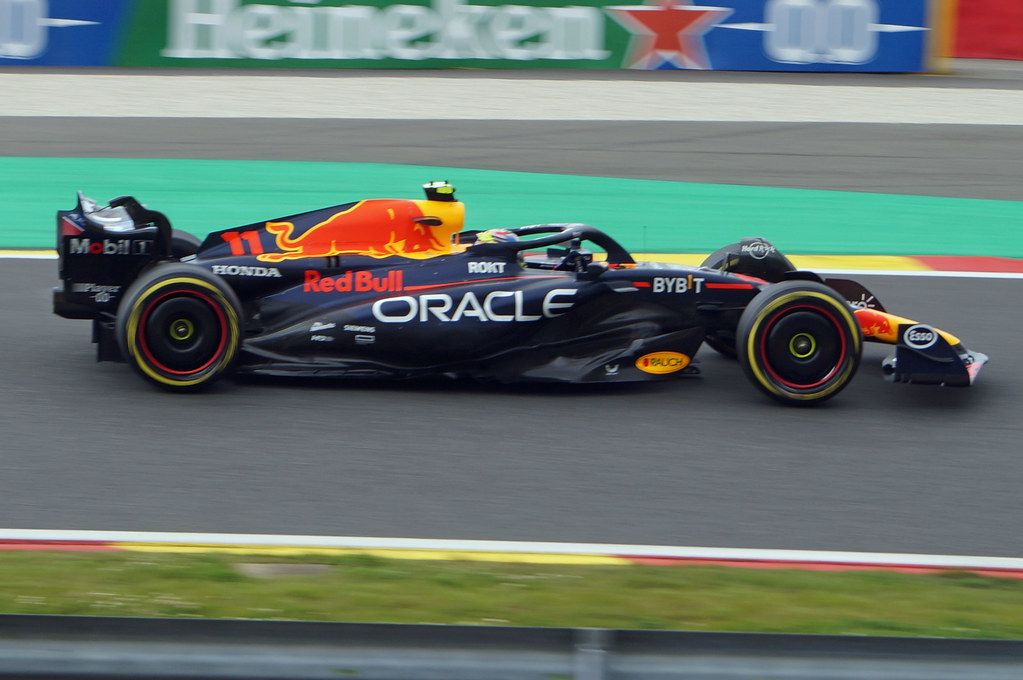How and why do F1 drivers choose their racing numbers?
Ever squint at those flashing numbers on a Formula 1 car and wonder about the story behind that digit? You’re not alone. These aren’t random—they’re legacies, lucky charms, and badges of honor. Take the #1 car, for example! It’s crossed the finish line a staggering 179 times! But what about the rest? Every F1 driver gets their unique racing number, and the tales behind these choices are fascinating. Let’s pull into the surprising connections that bind drivers to their chosen digits.
- How the F1 Numbers Game Works
- The Restrictions: No Number Left Behind (Forever)
- F1 Numbers as Lucky Charms
- Numbers as Personal Brands
- Inspired by Idols: Homages and Heroes
- racing Numbers with a Personal Touch
- Breaking the Mold: When Only a Number Remains
- The Oddballs and Exceptions
- Why Driver Numbers Matter
How the F1 Numbers Game Works
From Chaos to Order
So, how do F1 drivers choose their digits? It wasn’t always this organized, as it turns out.
In the early days, F1 numbers were a free-for-all—teams grabbed whatever was available, leading to plenty of confusion. In 1974, the FIA (that’s the Fédération Internationale de l’Automobile, Formula 1’s governing body) introduced a system based on the previous year’s championship standings. The driver got the numbers regarding the finished positions in the prior championship.
Then, the system evolved, and teams got numbers according to their ranking, with the champion team getting #1 and #2, and so on down the grid. Got it? (We didn’t either!).
A New Era: Driver Choice (2014 – Present)
Everything changed in 2014. F1 Driver could finally pick their permanent number, from 2 to 99. This shift led them to build personal brands around their digits—think ‘HAM44’ for Lewis Hamilton. The number became an integral part of the driver’s identity, not just a component of the team.
Even with nearly 100 options to choose from, it’s not always as simple as it seems.
The Restrictions: No Number Left Behind (Forever)
- The #1 Rule: The reigning World Champion gets first dibs on #1 (though they can choose to decline – ahem, Hamilton. Max Verstappen famously traded his #33 for #1 after his title win).
- No Duplicates: Each number is unique—once chosen, it’s off-limits to others. (Think of it like choosing usernames on social media – first come, first served!).
- Frozen Numbers: A driver’s number is ‘frozen’ for a while after retirement out of respect.
- Permanently Retired: #17 is retired forever in honor of Jules Bianchi, who tragically lost his life in 2015.
Superstition and image limit the actual choice to around 71 numbers
How do F1 drivers find the best racing number?
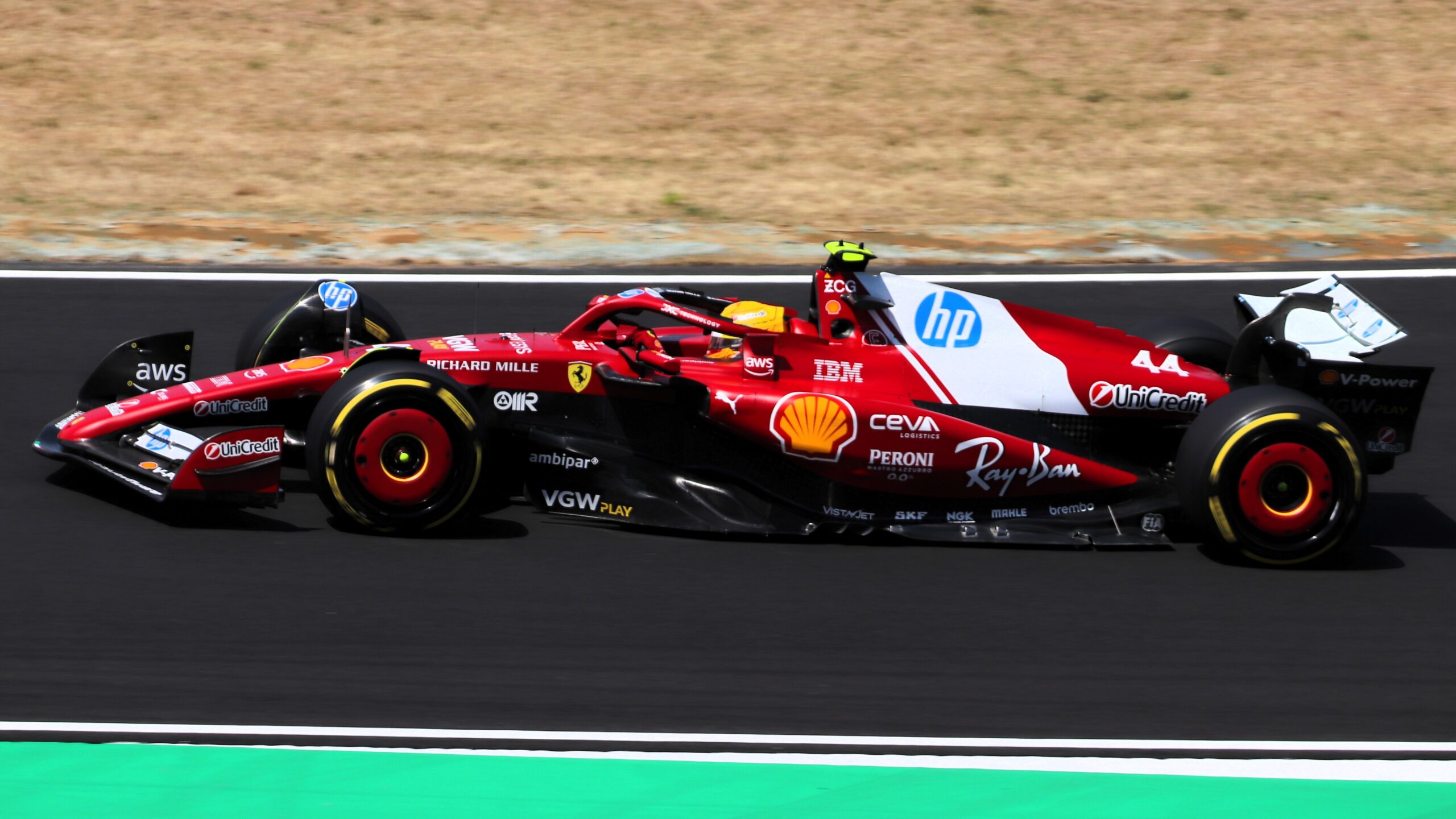
F1 Numbers as Lucky Charms
Max Verstappen’s Double Luck
When Verstappen entered F1, Daniel Ricciardo took his preferred #3. Verstappen’s solution? #33 – a number he believed represented doubled luck. The strategy worked: he became the youngest World Champion in 2021 and now proudly wears the legendary #1.
- Ricciardo’s Inspiration: Daniel Ricciardo, in turn, had chosen #3 after being inspired by NASCAR legend Dale Earnhardt. However, that number was not so lucky for Ricciardo.
- The Big Question: Will Verstappen switch back? It all depends on whether he maintains his lead in the drivers’ standings. If not, he’ll have to make a new choice. Something tells us – #33!
Lewis Hamilton’s Magical #44
Lewis Hamilton, a seven-time World Champion, is known for his consistent excellence. But here’s an interesting tidbit: he never uses #1. Why?
- The Family Connection: Hamilton has stuck with #44 since 2014. It’s personal. His father’s car sported the license plate ’44,’ and it became a symbol of destiny despite the 4’s mixed reputation in racing. Now, #44 is synonymous with Hamilton’s brand and success.
Yuki Tsunoda’s #22: Two Little Ducks
When Tsunoda started karting, he ran #11. As a young man, he wanted to keep it in Formula 1, but Sergio Perez had already worn it.
- The Answer: After a while, Tsunoda opted for #22, the doubled version of #11. It’s also the number of a driver he admires. Jenson Button’s #22 references the British bingo, 22 is ‘two little ducks,’ a quirky bit of luck Tsunoda hopes will pay off.
Gabriel Bortoleto and the Coveted #5
You can find many arguments about Bortoleto’s #5, such as the number that proved his success in championship-winning Formula 3 in 2023, victories and podiums, whatever! The truth is that #5 – is the most coveted number in Formula 1.
- The Appeal of #5: What makes #5 so desirable? It’s linked to Nigel Mansell’s iconic ‘Red Five,’ his dominant Williams-Renault FW14B from 1992.
- Vettel’s Success: Sebastian Vettel adopted #5 in 2015 and proceeded to break records, winning three titles with the number. Something magical lives in this digit.
- A Fresh Start: Since Vettel’s exit from the sport at the end of 2022, his previous #5 has become ‘unfrozen,’ and Kick Sauber rookie Gabriel Bortoleto immediately snagged it. The desire for success is there, no less.
More cases?
- Esteban Ocon’s Lucky Number: Esteban Ocon races under #31, the same number he had when he won the French karting championship in 2007. He’s carrying that lucky number with him to Formula 1.
- Lance Stroll’s Age of Glory: Stroll’s number 18 marks the age when he won F3 and F4 titles. Coincidentally, he joined F1 shortly after his 18th birthday.
- Franco Colapinto opted for #43 because that was his father’s racing number. But, when he claimed the Formula 4 title in 2019, that was a success. The success he wanted to bring into Formula 1.
Often, you stick with what works, but sometimes, you need a fresh approach.
Numbers as Personal Brands
Not every number has a long history, so drivers find a new approach in digits.
- Lando Norris’s Clever Creation: McLaren driver Lando Norris originally wanted #11 or #31, but it wasn’t possible. So, he went with #4, which cleverly incorporates into his logo and resembles the ‘A’ in ‘L4ndo.’
- Food for thought: No F1 driver with the number 4 has ever won a World Championship throughout the entire history of F1. Who knows? Maybe Norris will be the first one.
- Bottas’s Visual Play: Valtteri Bottas’ #77 is a visual play; the sevens look like two ‘TT’ in his name: Val77eri Bo77as. What a visual pun!
- Sainz’s SS: Carlos Sainz wanted iconic #5, but Vettel had it. So he doubled up: #55, which looks like ‘SS.’ Creative, memorable, and uniquely his.
However, this option doesn’t always work. Try to create something with #88 or #99. You can check all the racing numbers on Wikipedia.
Inspired by Idols: Homages and Heroes
Some drivers choose numbers to honor the people who inspired them.
- Liam Lawson’s Mentor Tribute: Liam Lawson’s number is a tribute to his karting mentor, who also raced with #30.
- Albon’s NBA and MotoGP Homage: Alex Albon’s #23 choice is a nod to NBA stars LeBron James and Michael Jordan. Both wore this number. Also, it pays tribute to MotoGP icon Valentino Rossi (who used #46 – double 23!).
- Gasly’s Football Fanaticism: Pierre Gasly chose #10 because he’s a huge football fan and idolizes Zinedine Zidane, who wore #10 for France. Moreover, he won the Formula Renault European championship wearing ten.
The Mystique of 27 and Antonelli’s #12
Some numbers become iconic, synonymous with specific drivers and moments in Formula 1 history. One such – #27, a digit that evokes the spirit of racing legends.
- Villeneuve and Alesi: Think of Gilles Villeneuve and Jean Alesi, and you immediately think of #27.
- Senna’s Embrace: But it was the Brazilian legend who seemed most connected to #27. Although he used various numbers throughout his career (including #2, #8, #12, #19, and #1), he was unstoppable under #27 in his MP4/5B McLaren in 1990. He won six of the sixteen races and finished on the podium in ten.
- A Symbol of Something More: For Senna, the number became a symbol of his spiritual beliefs and a way to tap into something greater than himself. The Brazilian driver brought this number to its peak.
- Hulkenberg’s Story: However, the heritage of #27 didn’t help Nico Hulkenberg. He opted for it because of his birthday, August 27. However, he’s still waiting for his moment of glory to reach the podium.
Mercedes driver Andrea Kimi Antonelli’s number 12 is a direct homage to Ayrton Senna, who wore it during his years with Lotus.
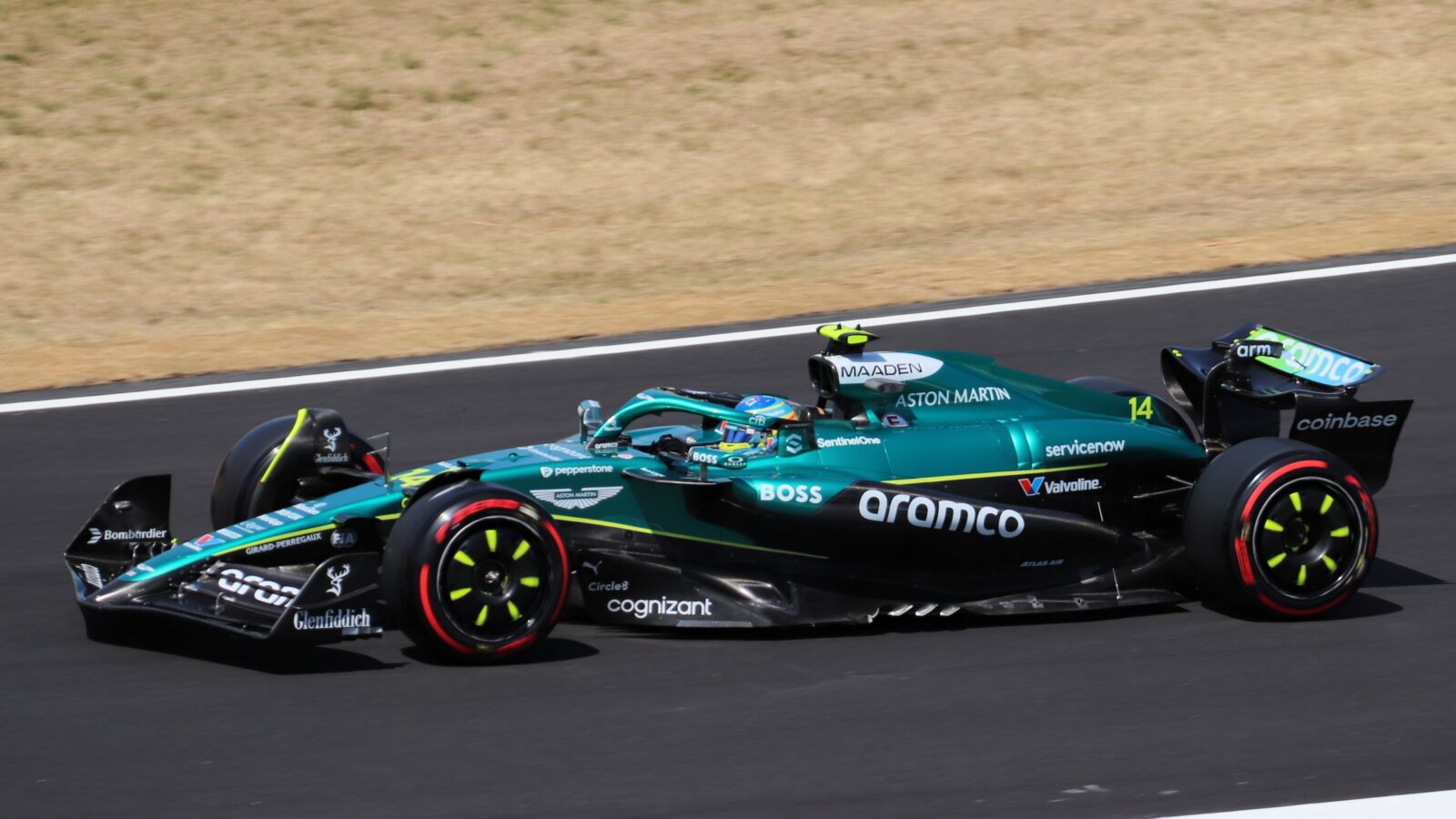
racing Numbers with a Personal Touch
For many drivers, the choice of number is deeply personal, tied to significant dates or loved ones.
- Alonso’s Lucky 14: Fernando Alonso has a spiritual connection with #14. He won his karting title at 14, on July 14, racing kart #14. Plus, he’s a fan of Real Madrid’s Xabi Alonso, who wore #14.
- Bearman’s Family Number: #87 holds special meaning for Haas F1 driver Oliver Bearman. His father was a raced under #87. Also, Thomas, Bearman’s younger brother, was born on August 7. Gathering Ollie’s birthday (May 8) and Thomas’ comes #87 – the family.
Leclerc and Schumacher’s #7
- Leclerc’s Meaningful 16: When Charles Leclerc started in Formula 1, he wanted #7, but it wasn’t available. Therefore, he chose #16 because 1+6 = 7, and it also matches his Birthday (October 16).
- Schumacher’s Powerful 7: Michael Schumacher’s #7 possessed a magnetic power and became a ‘lucky one’ – a symbol of his incredible achievements. Although he won five titles racing under number 1, one under #3, and one at #5, he favored #7 for its luck. He believed that odd numbers brought good fortune, so he avoided the number four.
- Everyone Wanted #7: Many drivers, including Kimi Raikkonen and Valtteri Bottas, wanted to wear the number seven because they believed it would bring them good luck.
- Schumacher’s Family Connection: Mick Schumacher, Michael’s son, has his favorite one – 4. By adding his father’s #7, he raced under #47.

Breaking the Mold: When Only a Number Remains
Sometimes, the choice isn’t a choice at all. Drivers end up with numbers due to circumstance or fate.
- Piastri’s Last Resort: McLaren driver Oscar Piastri’s #81 was a last-minute decision in his junior career when his preferred number was already taken. It was simply the only number left. Sometimes, fate chooses for you.
- Russell’s Family Ties: Mercedes driver George Russell’s #63 is no more than the number his brother raced with in karting. As simple as that.
#6: The Double-Edged Sword
Isack Hadjar’s number 6 is a carryover from his karting days, even though this digit has an ‘ill-fated’ reputation in Formula 1. It’s a number that highlights the fine line between luck and superstition.
- Keke Rosberg’s Triumph: Before the remarkable run-up in 1982, few tipped Keke Rosberg as a potential champion. He won the championship at the wheel of a Williams FW08, wearing number 6.
- Nico Rosberg’s Legacy: Keke’s son, Nico Rosberg, also won the tournament in 2016, making the impossible. He topped his teammate in Mercedes, Lewis Hamilton. However, a few months before the start of the next season, Rosberg revealed on social media his retirement from Formula 1.
- Webber’s Near Miss: Mark Webber also raced under #6 in 2010 and nearly missed the title season, beaten by his teammate in Red Bull, Sebastian Vettel.
- Tragedy and History: In the past, the number’s ill fame related to the tragedy of Francois Cevert and Ronnie Peterson. Mike Hawthorn and Stirling Moss also wore #6.
- Glimmers of Success: Despite the superstition, David Coulthard took his first win using #6 at Estoril in 1995. Juan Pablo Montoya debuted and won at Monza with #6. Kimi Raikkonen also ran with #6 at the title.
- Latifi’s Fate: Starting the 2022 season with number six, Nicholas Latifi was far from his teammate in Williams, Alex Albon. Latifi retired after the season.

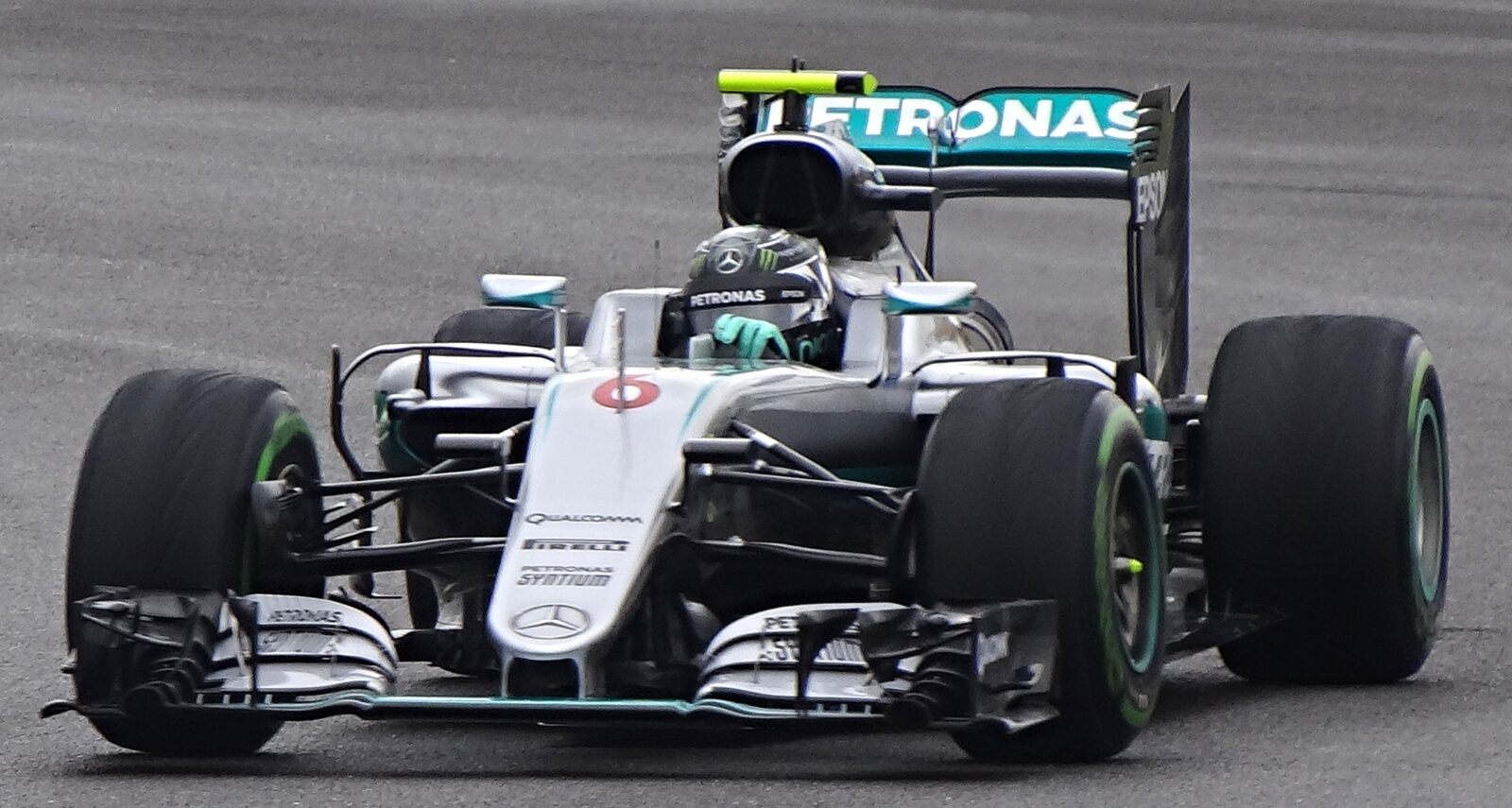
It seems the number has remained similar patterns.
The Oddballs and Exceptions
Some numbers in Formula 1 stand out as unique and unusual, defying expectations and challenging conventions.
The Curious Case of #0
Is that a number at all? Yes and no. Damon Hill used zero in 1993 and 1994 after the previous year’s champion left the sport. Currently, the number isn’t available, nor its variations such as 01, 02, 03, and so on.
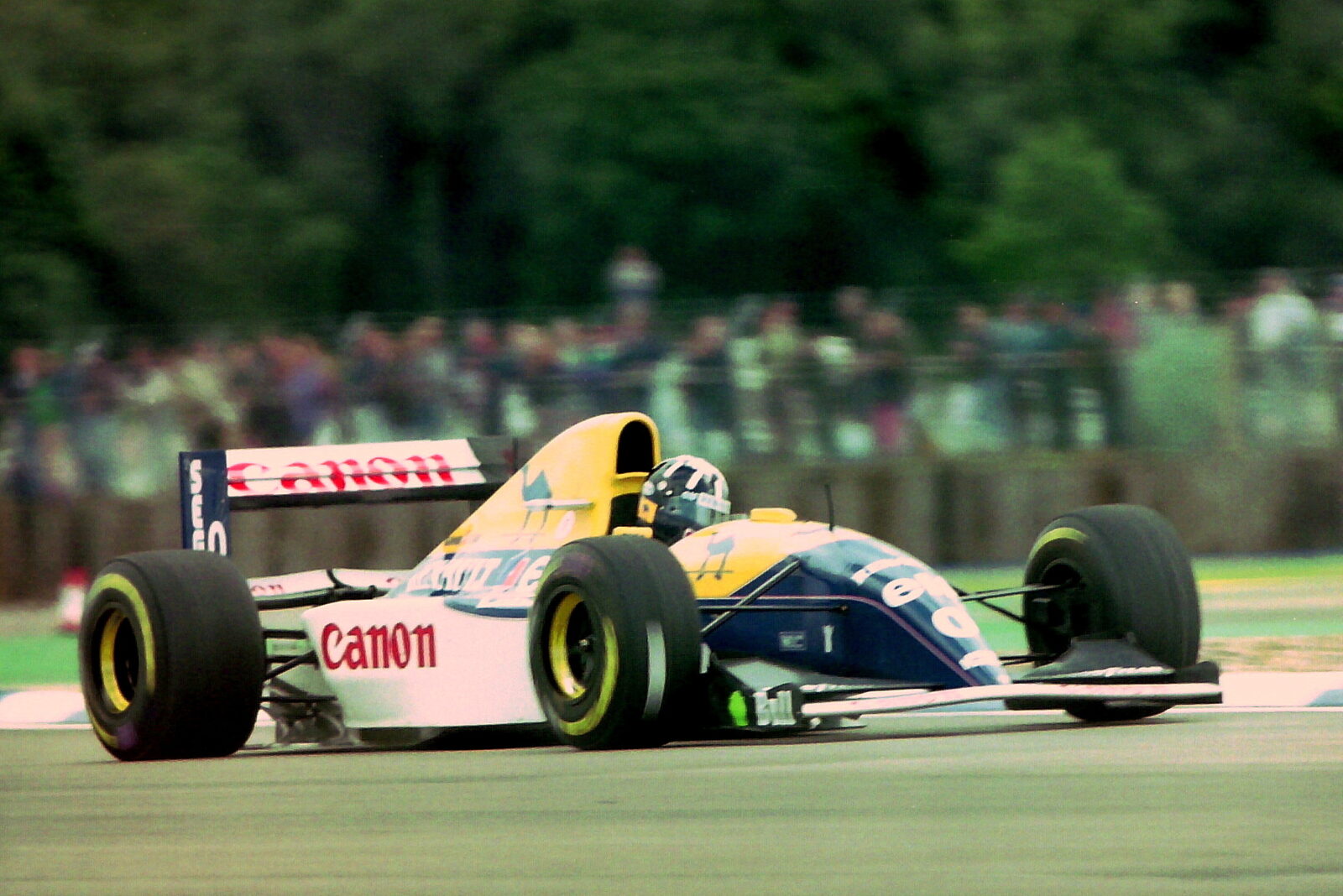
Number 13: Superstition vs. Defiance
Drivers can choose the number 13, but no one dares. Even the F1 teams generally avoid it because of the superstitions surrounding the digit.
- The Origins of Superstition: Many of the superstitions around #13 date back to pre-war racing, when the sport was incredibly dangerous.
- The Lack of Evidence: The most interesting thing about #13 is that its ‘unluckiness’ isn’t widely documented. There isn’t a direct string of actual major crashes, fatalities, or unexplainable misfortunes directly linked to cars bearing that specific number.
- Moises Solana’s Run: The most famous driver in Formula 1 under #13 was Moises Solana in 1963, who drove a BRM at his home Grand Prix. He retired from the race due to an engine issue, but nothing catastrophic occurred.
- Maldonado’s Fate: The last F1 driver to use #13 was Pastor Maldonado in the 2014 – 2015 seasons, and it didn’t bring any good for the team.
- Mercedes’ Risky W13: With their W13, Mercedes became the one team to risk using the number. The result? It was a heartbreaking season for Mercedes, as their W13 cars were less paced due to the porpoising – one of the controversies in Formula 1.
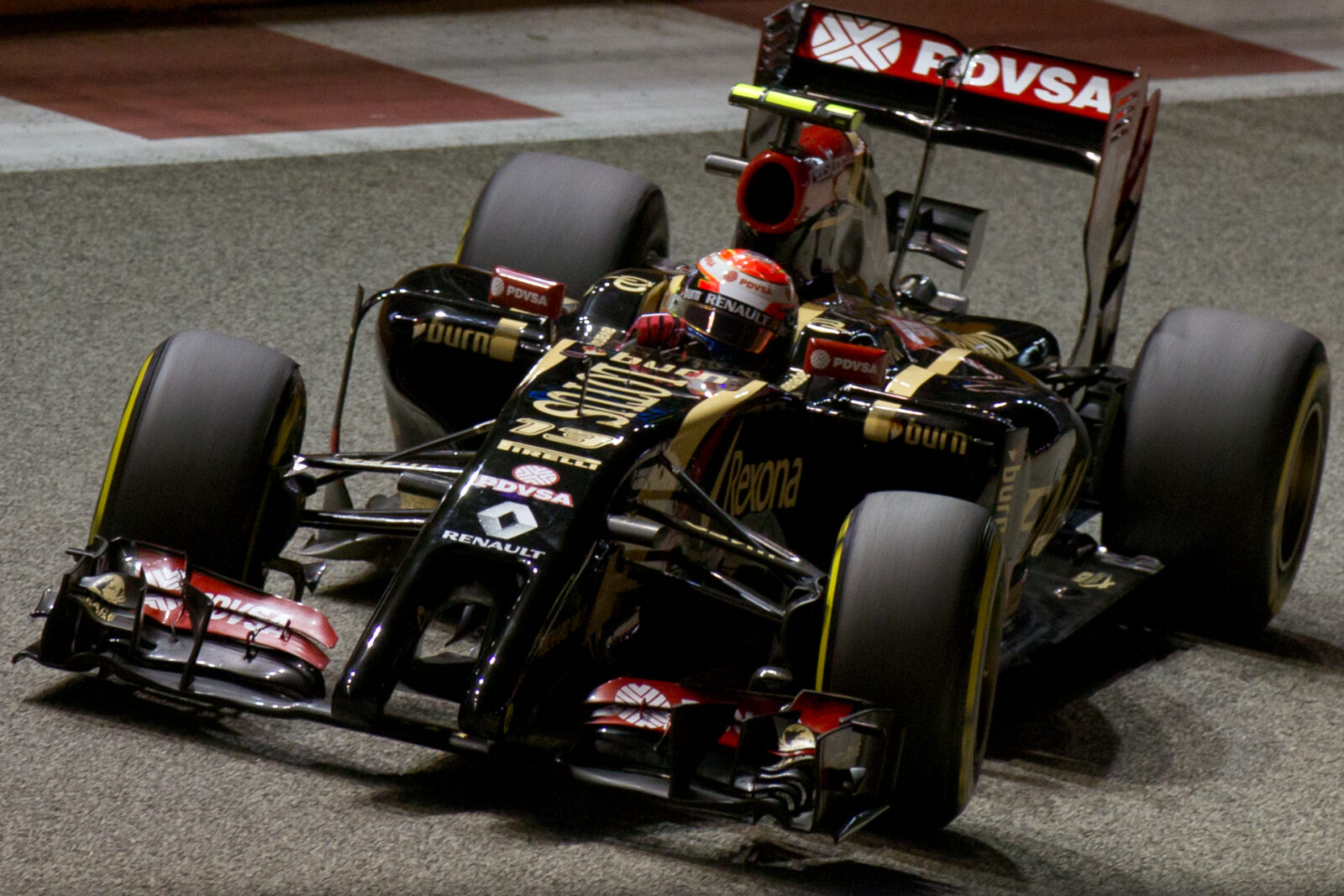
Unconventional Choices: The Missing Numbers
- 66: McLaren’s echo: Perhaps for the same reason, no F1 driver has chosen the number 66. In some respects, the only case related to Formula 1 associated with the number was in 2019, when Fernando Alonso raced the Indy 500 in the #66 McLaren. The car echoed Bruce McLaren’s first Formula 1 Grand Prix entry in 1966. Whether you believe in superstitions or not, Alonso failed to qualify for the race.
- The Missing 69: While not officially banned, no one F1 driver has been using #69 since 2014. Some speculate this is due to its risqué connotations, although the FIA hasn’t confirmed this.
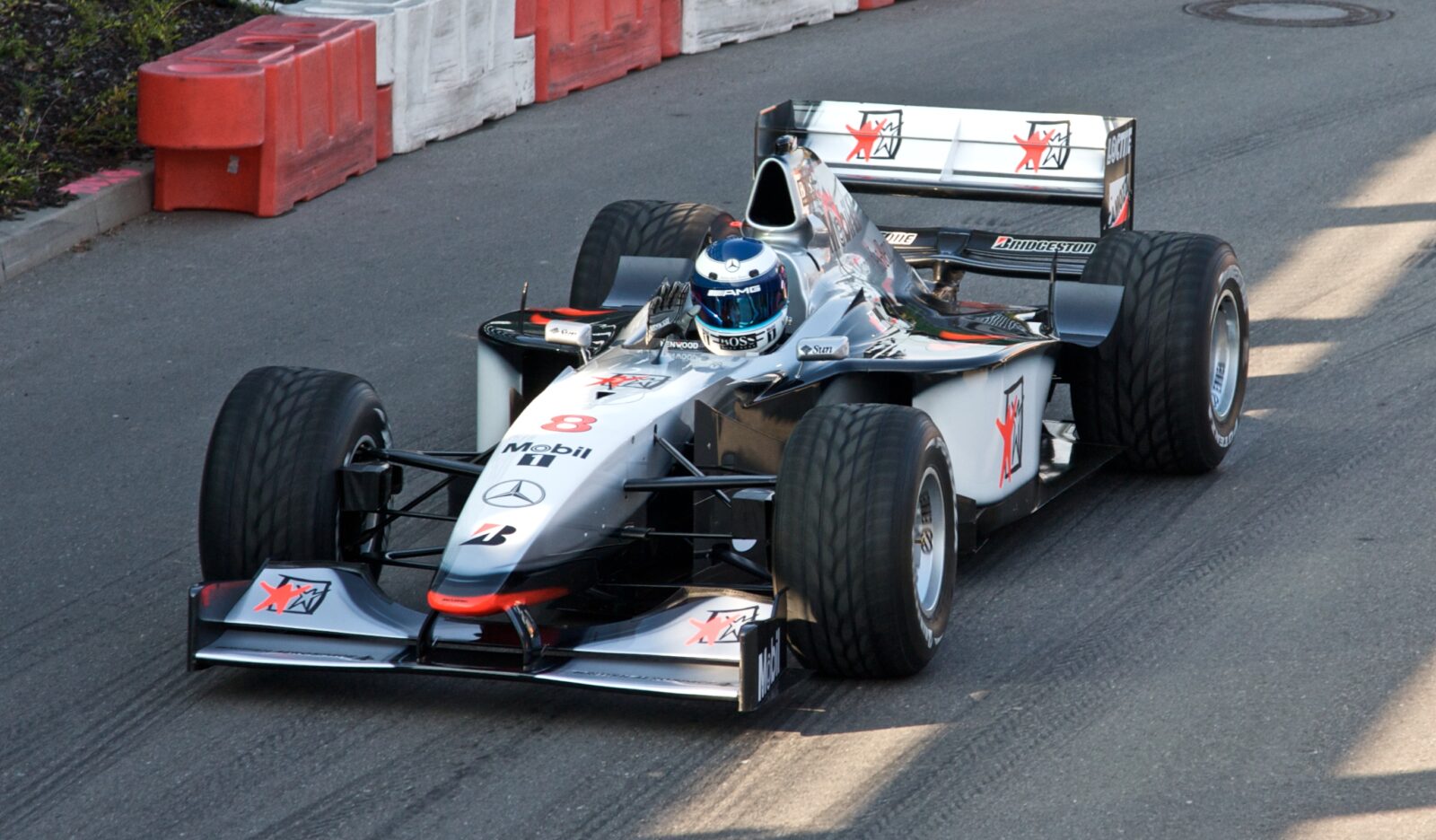
The Myth of #8: Most Used, Least Celebrated?
While some numbers are synonymous with victory, others have a more subtle impact on the grid. Let’s examine #8.
- Frequent Flyer: The number 8 has appeared in 988 races.
- Not Iconic, Yet Significant: The number 8 hasn’t achieved iconic status like #1, #5, #7, and #27, but it is still noteworthy.
- Why the Frequent Appearance? As numbers were assigned by the FIA based on the previous year’s Constructors’ Championship standings, teams were using numbers like 7, 8, 9, and 10. Therefore, the #8 appeared frequently on the grid throughout F1 history.
- The ‘Second Car’ Effect: Because #8 was often a ‘default’ number assigned to the second car of the fourth team, the number was associated with drivers who were not the team’s designated ‘number one’ or future champion.
- The Greats Who Wore It: At different times, legendary Jim Clark, Jack Brabham, Graham Hill, Emerson Fittipaldi, Niki Lauda, Alain Prost, Mika Hakkinen and Ayrton Senna had raced under #8.
- Modern Use: More recently, Romain Grosjean used #8 for most of his F1 career, and Robert Kubica wore #88 for his comeback after a nearly fatal crash in the WRC.
Cultural Resonance: The Allure of #11
- Number 11’s Popularity: Number 11 is a beautiful racing number. Many drivers, with a few exceptions, follow the simple rule: like the number, double it!
- The Football Connection: #11 is highly desirable among Hispanic and Latin American F1 drivers due to its strong association with football (soccer) legends. In football, an attacking winger or a second striker traditionally wears the number 11. These players are often known for their flair, speed, goal-scoring ability, and ability to excite the crowd.
- Perez’s Inspiration: Sergio Perez chose #11 because his childhood hero, footballer Ivan Zamorano, wore the number on his shirt in his final season playing for Perez’s favorite football team.
Why Driver Numbers Matter
On their own, the numbers emblazoned on the F1 cars are just digits. #2 is just as numerically neutral as #3 or #99. But in Formula 1, context is king.
Almost every F1 driver chooses their number with great care and keeps it throughout his or her career. They wove them into their brands while strategically sidestepping any hint of superstition.
Most believe their racing number bring luck. Some are fortunate enough to secure their favorites, while others embark on creative brainstorming sessions, drawing inspiration from specific dates, influential figures, or, well, anything that works!
Ultimately, numbers don’t win races; drivers do. However, once a number is associated with success, it gains an aura, a reputation that can last for generations, like with Schumacher’s #7 and Mansell’s #5. That’s why fans might consider these numbers ‘iconic’ or ‘lucky’ in F1 history.
Do the drivers’ numbers bring luck to their owners? Absolutely! But the hidden magic lies not in the specific digit but in the meaning each driver invests in it. That’s why a number like #27 worked for Senna or #5 for Mansell, but maybe not for others.
Do the numbers matter? Yes, they matter a lot. They’re a window into the drivers’ personalities, their inspirations, and their aspirations. They are an essential part of the F1 story. They are a story.
What’s your favorite F1 driver numbers? Let us know in the comments!


